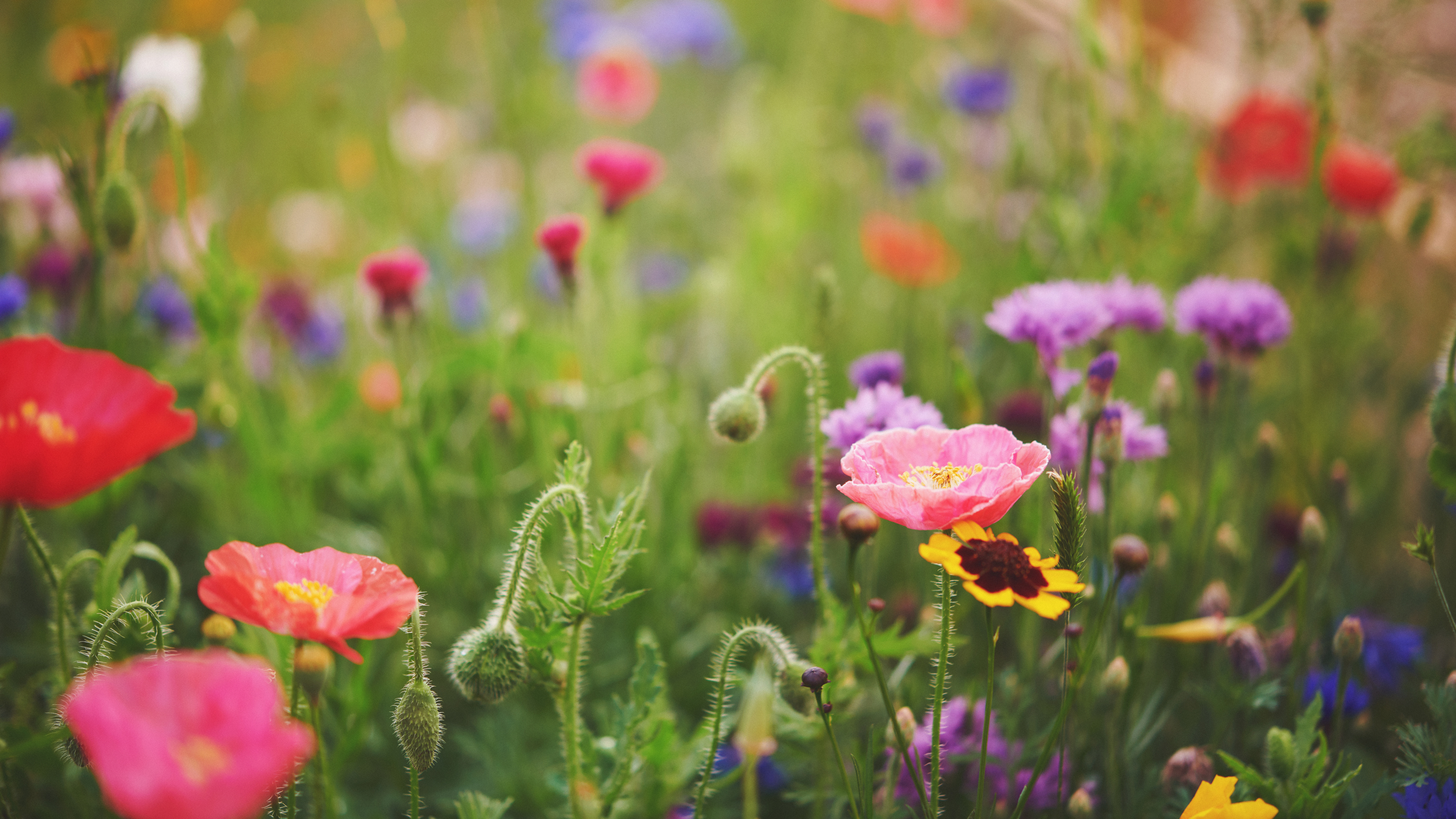
If you want to create a wildlife garden this summer – and beyond – planting for wildlife with a variety of flowers and flowering shrubs is a very good starting point.
After all, wildlife-friendly yards are easily the biggest trend in garden planting right now, and with good reason. Residential gardens can provide insects and more fauna with food and shelter, and as more gardeners try to attract wildlife to their outdoor spaces, our concept of what we want to grow is changing.
We've spoken to Elizabeth Waddington, Garden Designer & Sustainability Consultant at Horticulture.co.uk. These are her top tips for choosing the best flowers and plants for wildlife, wherever you live.
Go native
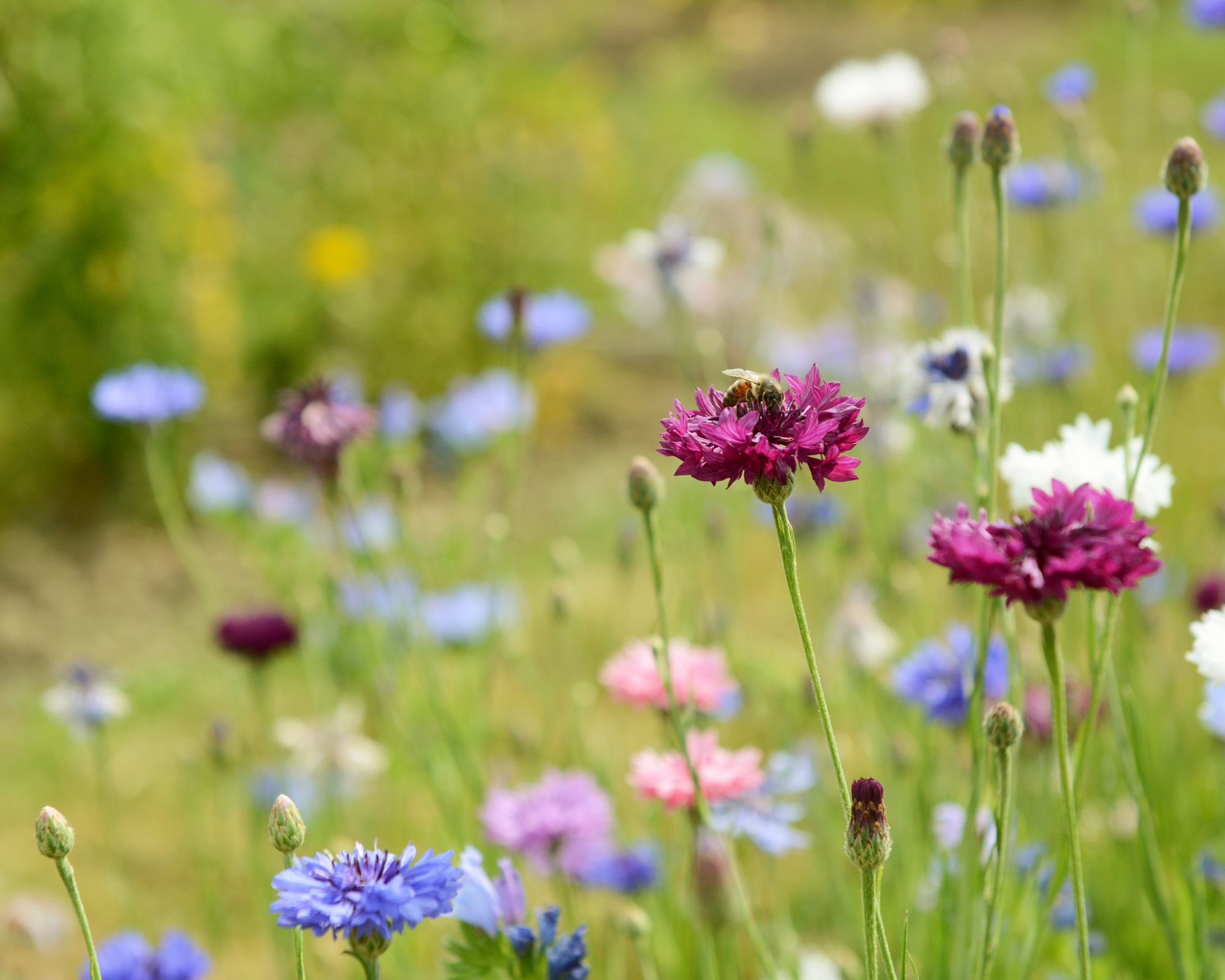
Honeybees feeding on cornflowers in a field
This is the simplest and most reliable rule to encourage wildlife into your outdoor space. Waddington says that 'wherever you live, seeking out flowers which are native to your area will help you find the best plants for the best places and create a haven for native wildlife.
'Native wildlife has adapted and evolved alongside the local plant life, so while non-natives might also provide food or nectar, shelter or habitat for wildlife too, native flowers and often the best possible options.'
The easiest way to find out what's native in your area is to visit a local nature reserve or woodland and see what flowers grow there that are visited by bees. If you don't have that opportunity, then seeking out wildflower seed mixes(from Amazon, for example) that originate from your area is a very good idea.
Choose species that flower at different times of the year
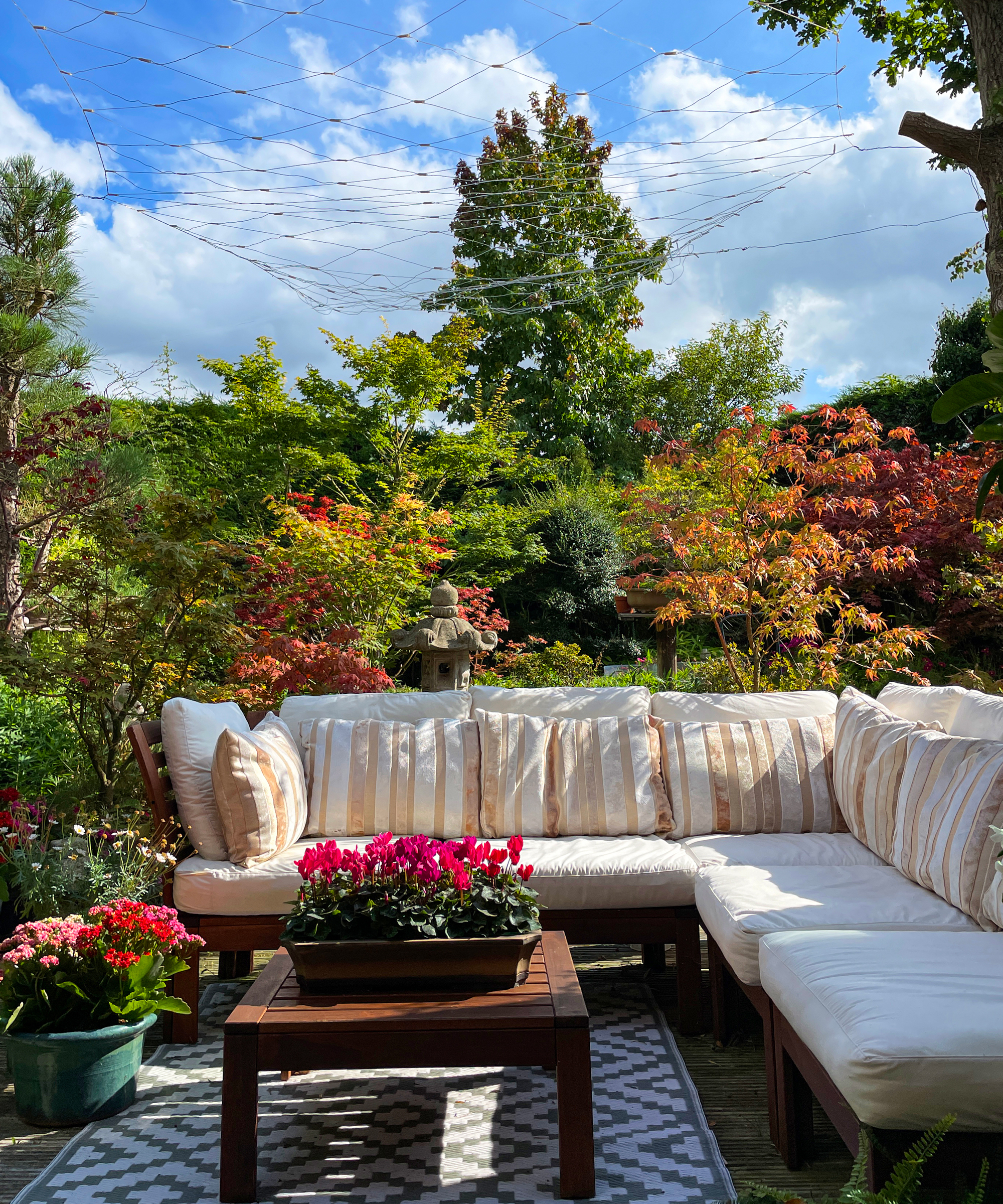
Potted cyclamen blooming during fall
Planting summer flower varieties is easy – everyone likes a bright poppy or cornflower in their backyard. But, as Waddington points out, pollinators, beneficial insects, and other wildlife will love a garden that provides blooms over as much of the year as possible.'
That means seeking out flowers and flowering shrubs that provide pollinators land other wildlife with food when there's less of it to go around – ideal for a bee-friendly garden. 'For example, choose some early spring bulbs like Aconites or Cyclamen, and winter or early spring flowering trees or shrubs like Witch hazel, Mahonia, or Daphne, for example.'
Also, when your perennials have finished flowering, don't chop them back until spring, 'so seeds are available for birds and other creatures, and the foliage can shelter a range of wildlife through the coldest months.'
Cater to different preferences
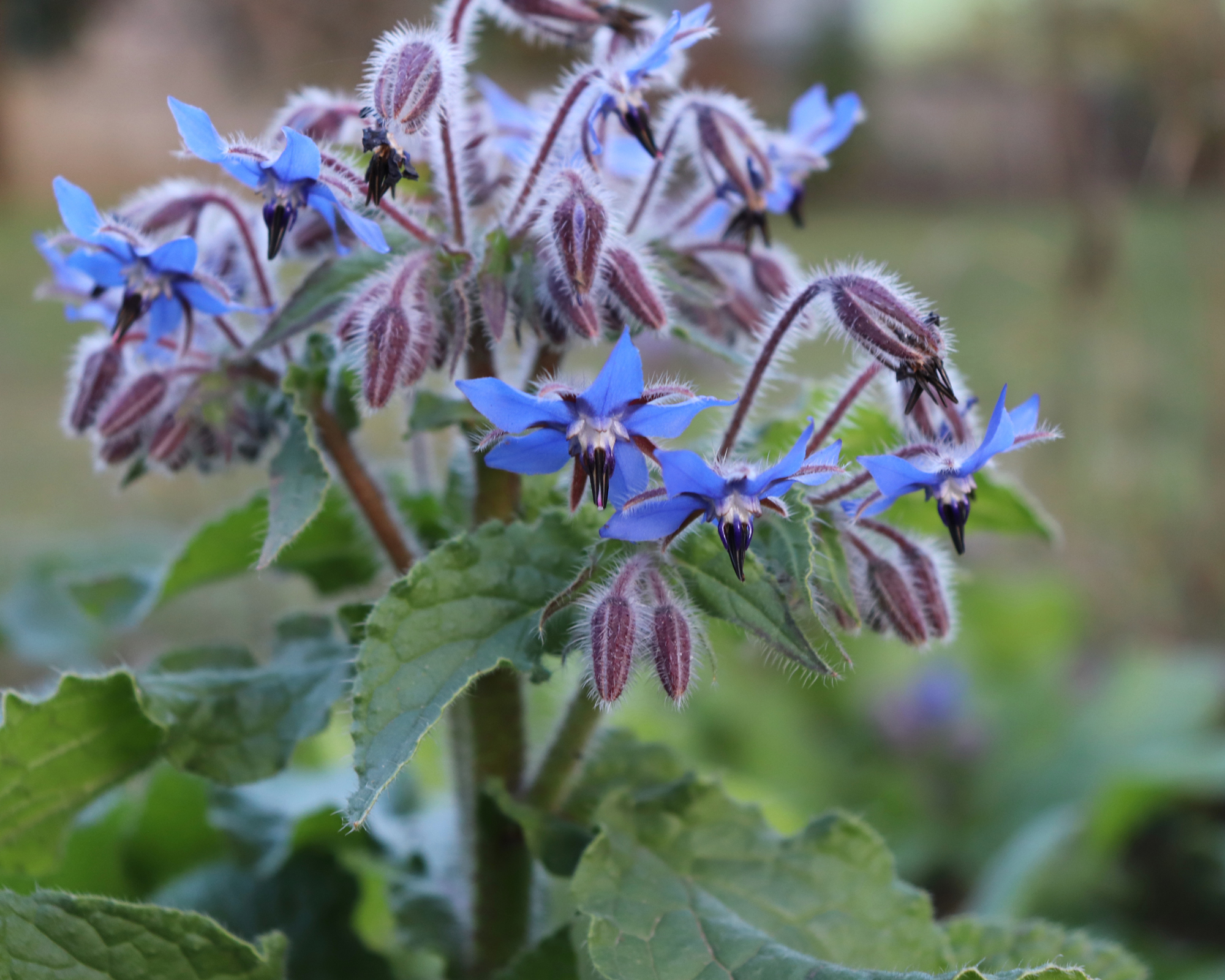
Borage, or Borago Officinalis
What's tasty to a bee may be slightly different to what is tasty to a butterfly. Different creatures prefer 'flowers with different colors, shapes, and forms', explains Waddington. 'For example, bees love flowers which are blue/purple or white – colors they can see most clearly.
'Some pollinators prefer single flowers, from which they can sup nectar most easily. Others have adapted to feed from, for example, tubular flowers.'
If you're looking for the one flower that will be beloved by many pollinators and has lots of nectar, consider planting Borage (Borago officinalis) – 'it not only produces a lot of nectar, it also replenishes that nectar very quickly.'
Borage is often found in wildflower seed mixes and bee bombs, or you can plant it on its own.
Enjoy wildlife gardening – there aren't any strict rules, and the more different types of flowers you have the better. 🌺 🌼 🥀
Join our newsletter
Get small space home decor ideas, celeb inspiration, DIY tips and more, straight to your inbox!
Anna is a professional writer with many years of experience. She has a passion for contemporary home decor and gardening. She covers a range of topics, from practical advice to interior and garden design.
-
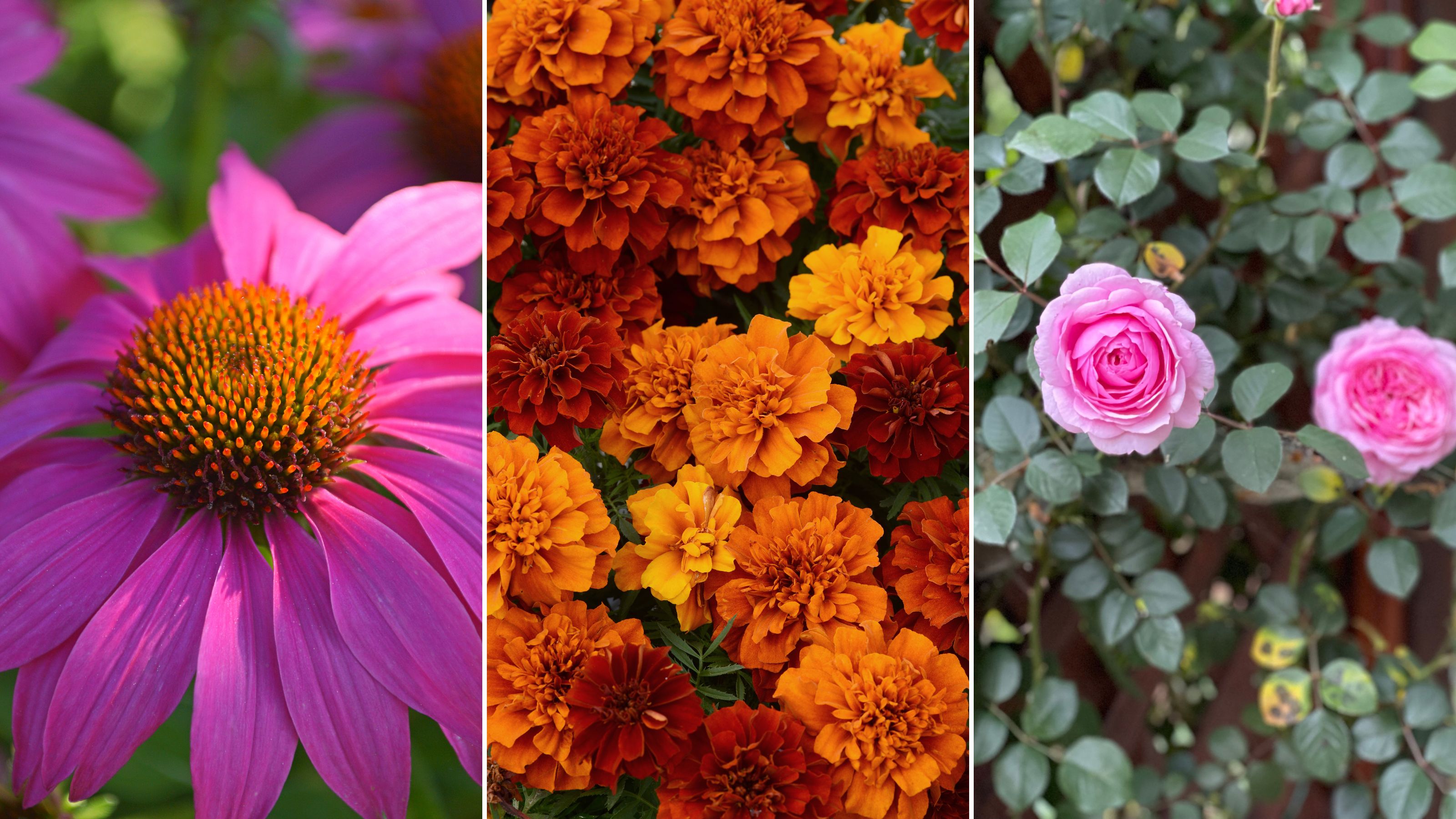 The 7 flowers to plant in August, according to gardening gurus
The 7 flowers to plant in August, according to gardening gurusKnowing what flowers to plant in August isn't always so clear-cut. But that's why we called in help from pro planters — here's what they said to pot.
By Becks Shepherd
-
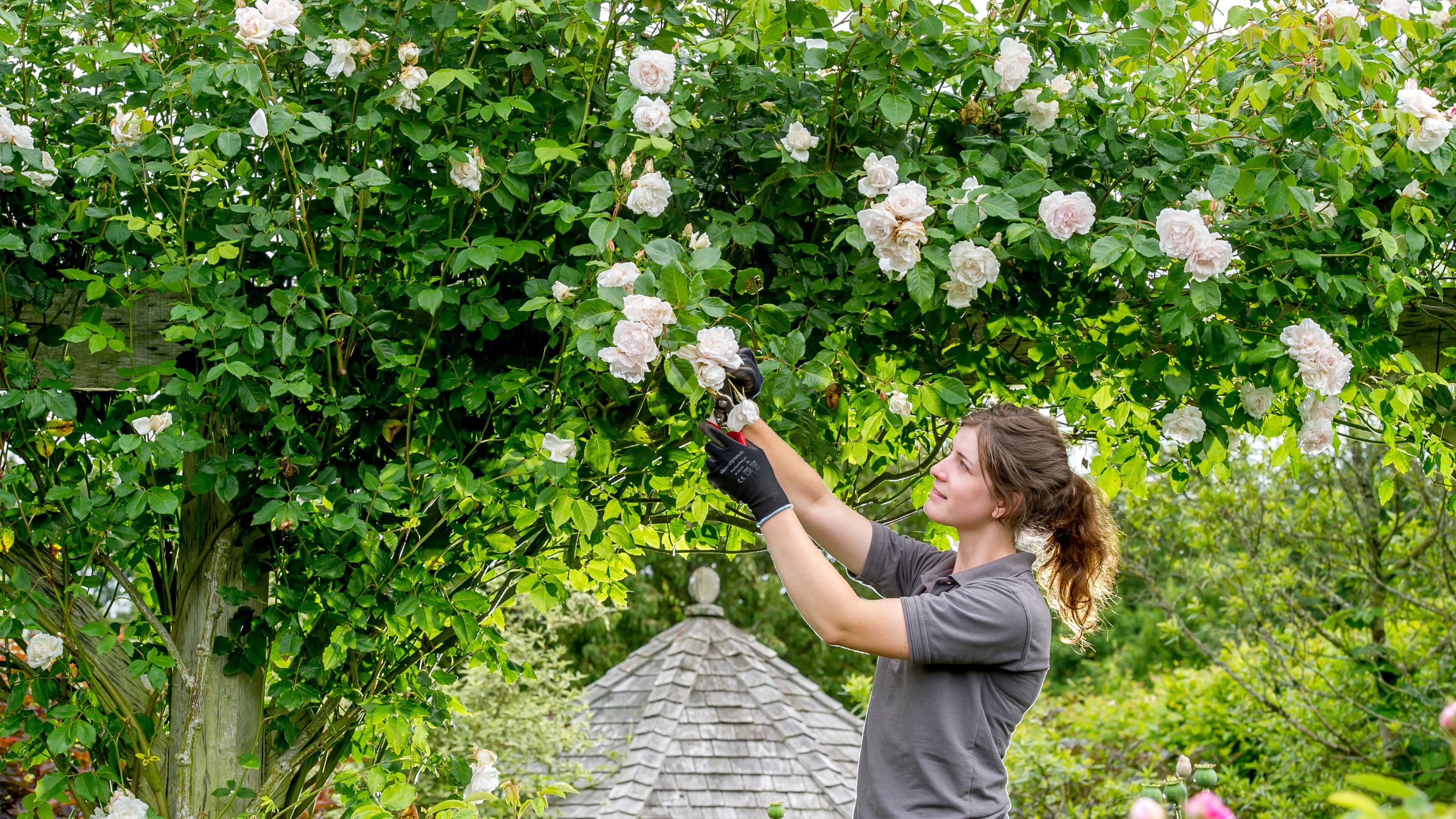 The 7 plants to prune in August — and the 2 pieces of greenery you shouldn't touch
The 7 plants to prune in August — and the 2 pieces of greenery you shouldn't touchWondering what plants to prune in August? We asked a gardening expert for their top tips plus info on what pieces of greenery to avoid pruning this month
By Becks Shepherd
-
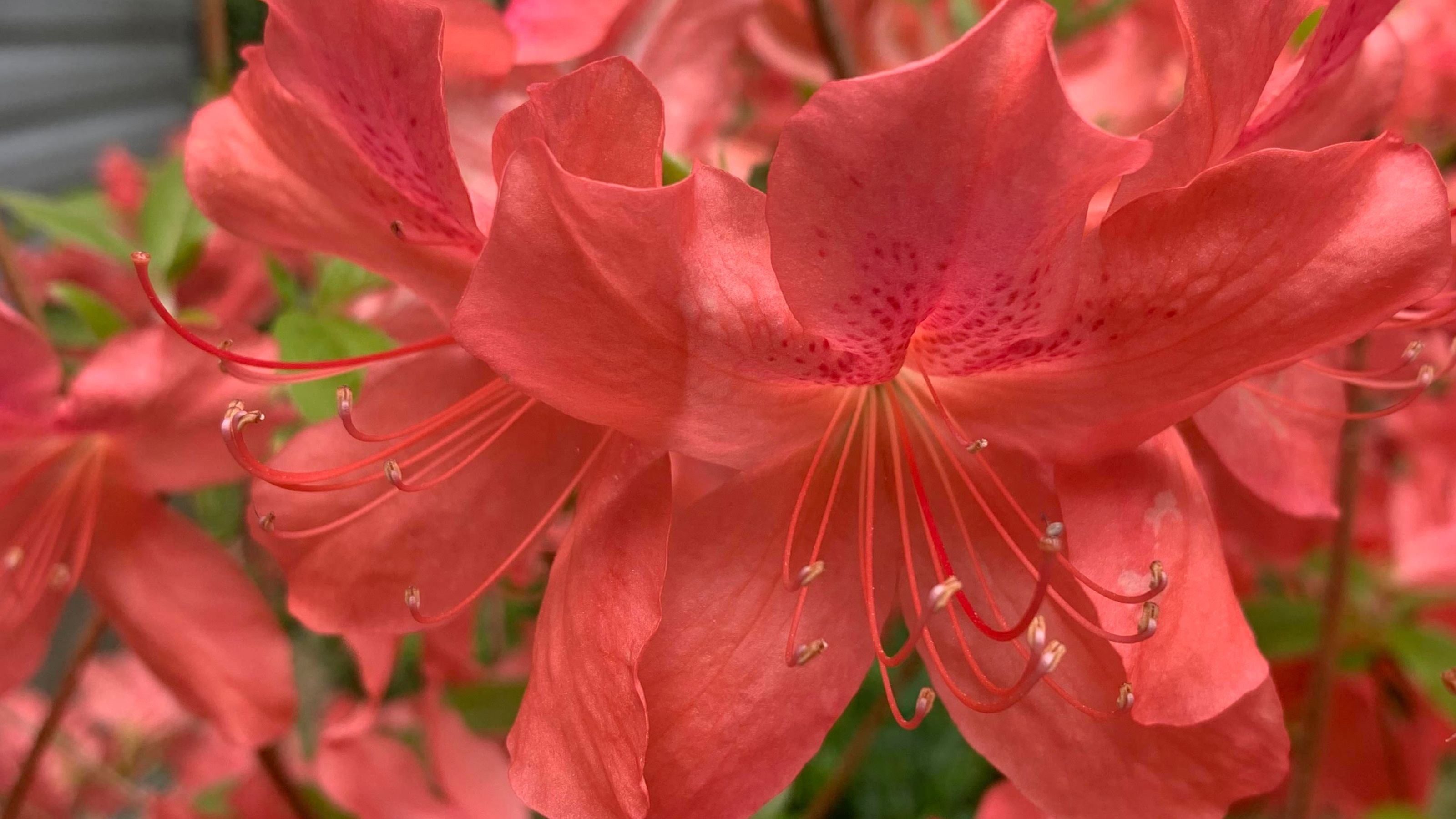 Do you need to deadhead azaleas? Top tips for pruning these flowering shrubs
Do you need to deadhead azaleas? Top tips for pruning these flowering shrubsWondering whether you need to deadhead azaleas? We asked a gardening expert for their top tips for looking after these blooms
By Becks Shepherd
-
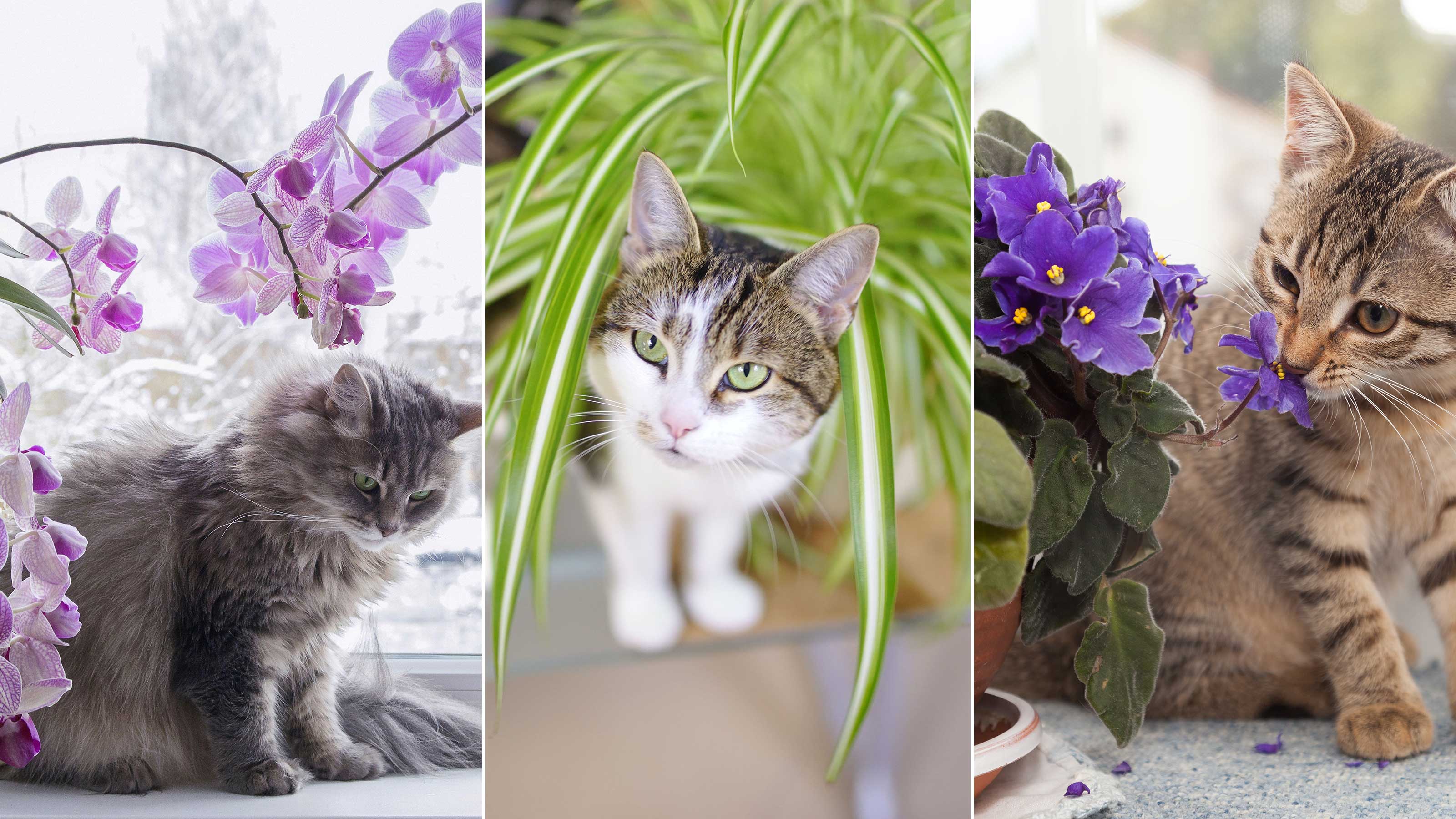 10 houseplants that are not toxic to cats — plus expert advice on keeping your pets safe
10 houseplants that are not toxic to cats — plus expert advice on keeping your pets safeKeep your four-legged companion safe by choosing these houseplants that are not toxic to cats, and learning the dangers of those that are, according to veterinary experts
By Holly Crossley
-
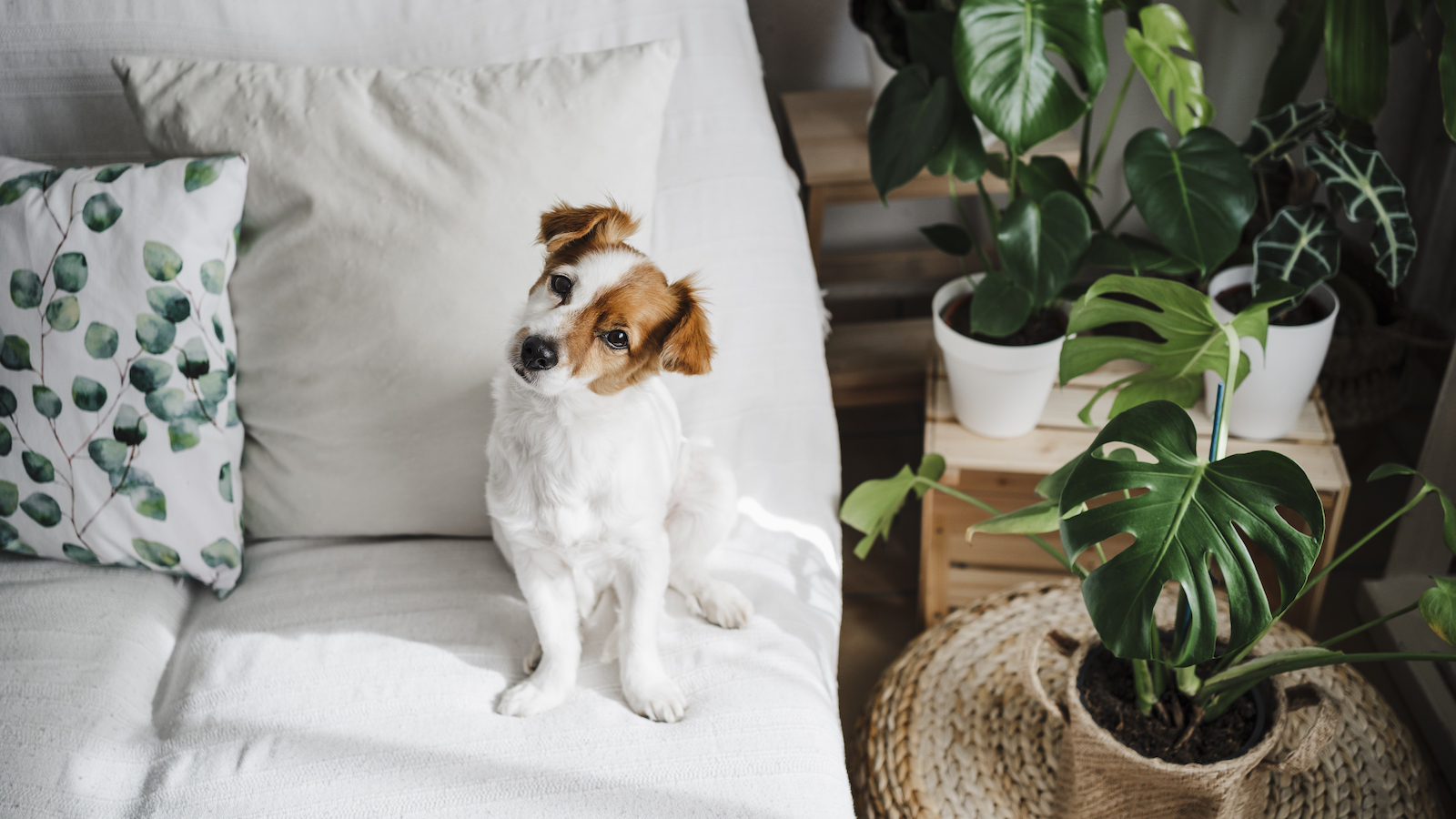 Which houseplants are toxic to dogs? Vet experts pinpoint problem plants and solutions
Which houseplants are toxic to dogs? Vet experts pinpoint problem plants and solutionsWondering Which houseplants are toxic to dogs? We spoke to vets about the problematic leafy greens, what they trigger in dogs, and how to find a solution
By Danielle Valente
-
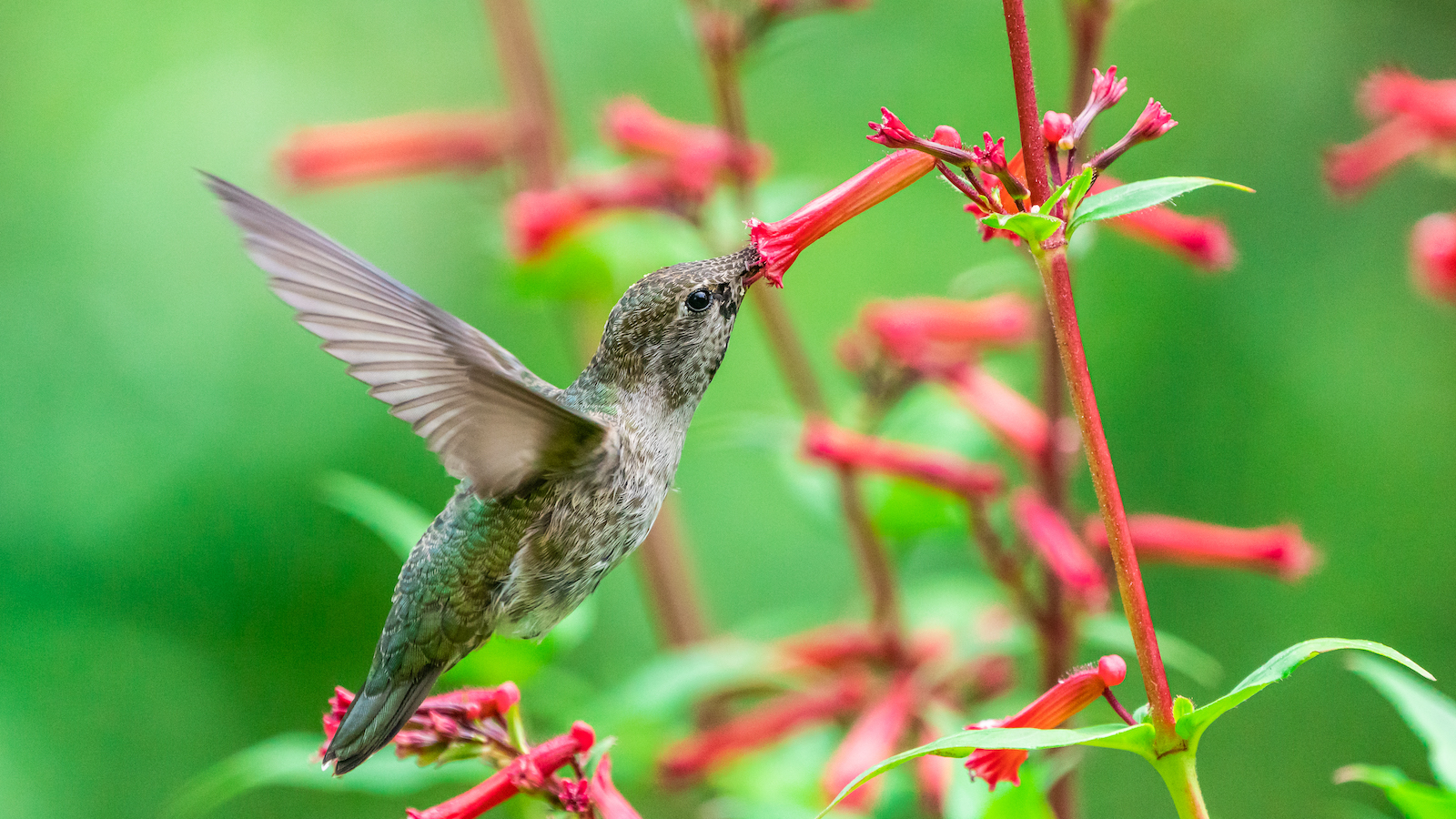 How to attract hummingbirds to your backyard, according to ornithologists
How to attract hummingbirds to your backyard, according to ornithologistsTrying to figure out How to attract hummingbirds to your backyard? These ornithologist-backed tips will guarantee you visitors in no time
By Danielle Valente
-
 Does hydrangea bloom every year? Pros spill the dirt on the "garden favorite" and when to expect it
Does hydrangea bloom every year? Pros spill the dirt on the "garden favorite" and when to expect itWondering, "Does hydrangea bloom every year"? We asked the pros all about the garden favorite and how often to expect them — here's the dirt.
By Danielle Valente
-
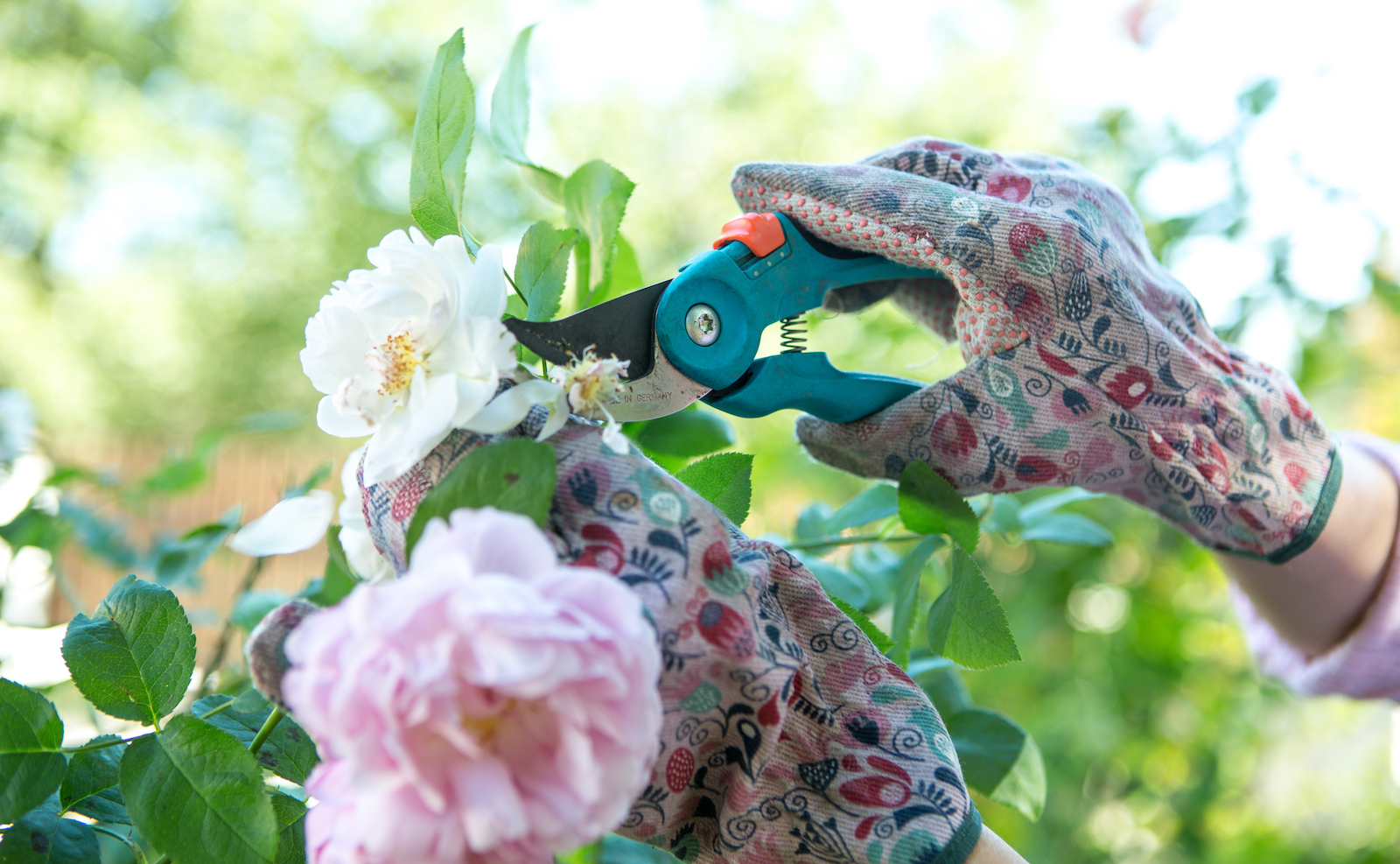 What to prune in spring — experts reveal how to get a lush, full garden
What to prune in spring — experts reveal how to get a lush, full gardenCurious what to prune in spring? We asked gardening experts for their top tips for a luscious, thriving garden
By Danielle Valente